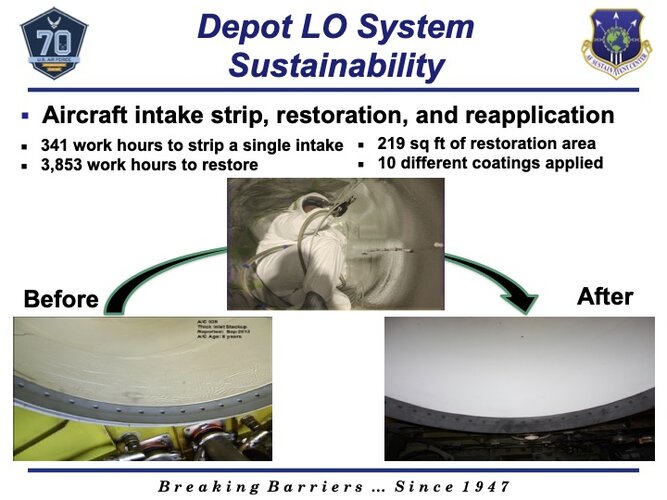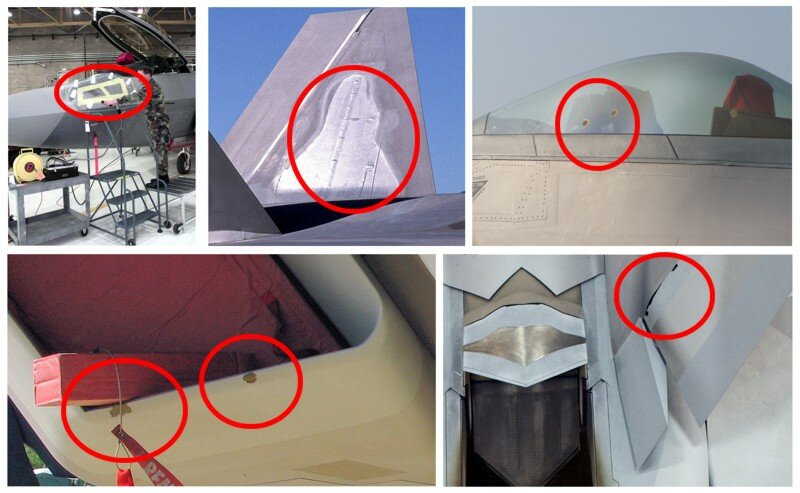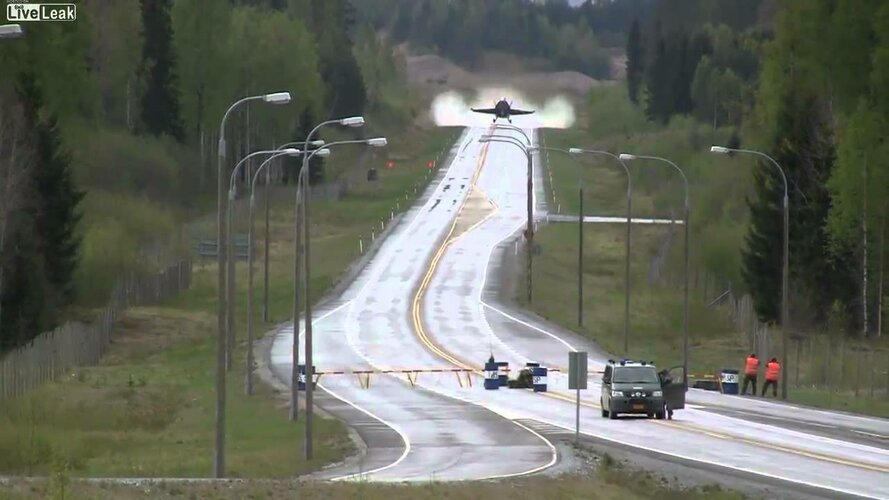Vanessa1402
ACCESS: Confidential
- Joined
- 10 April 2021
- Messages
- 136
- Reaction score
- 67
IMHO, that only true for full stealth aircraft like B-2, F-117. Whereas, the radar scattering of semi stealth fighter like F-35, Su-57 aren't very impressive.As I understand it is that Stealth is 80-90% shaping of the plane.You should be able to make a plane out of metal in a specific shape, and it would reflect less then a plane that is not shaped.





